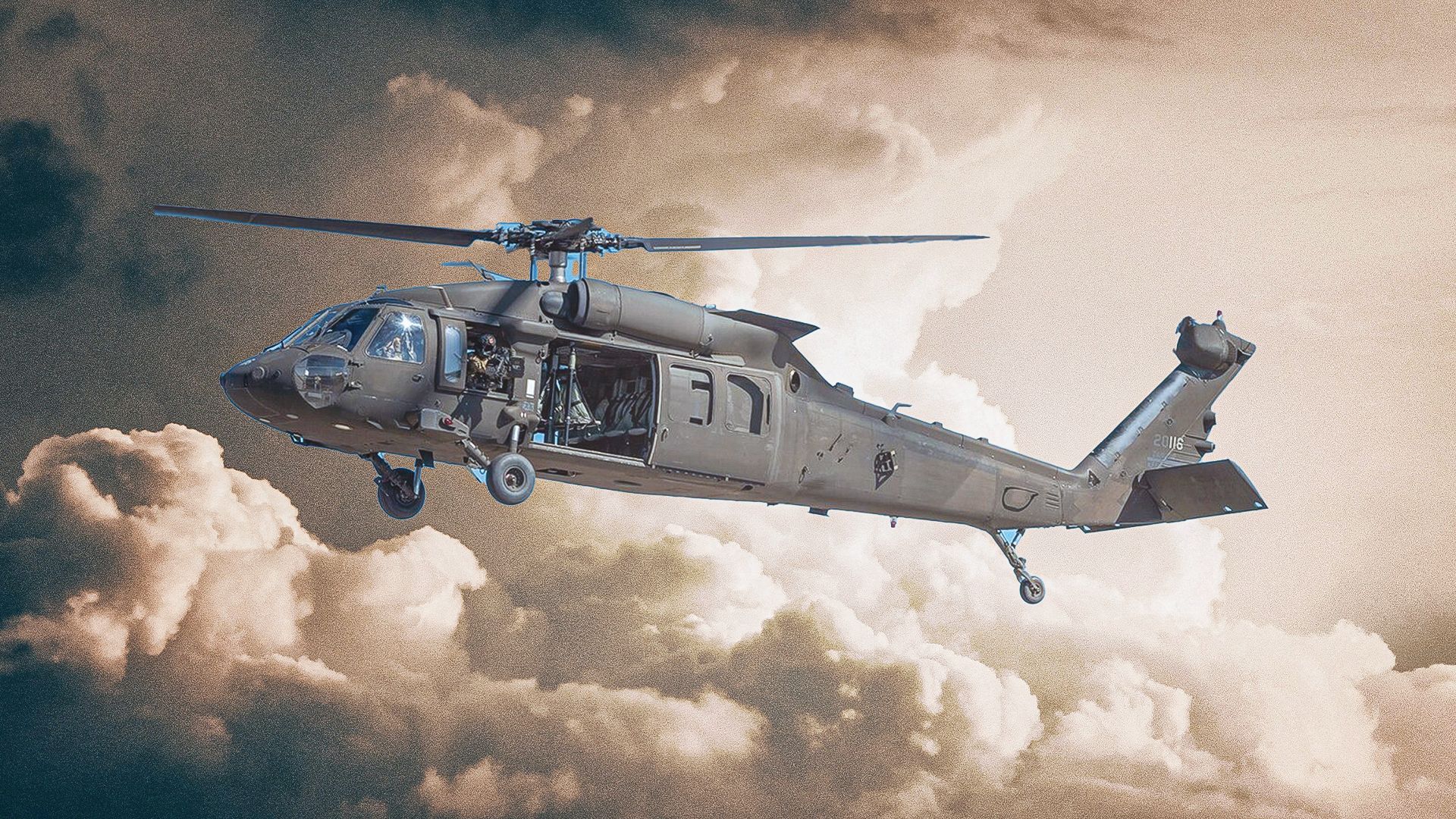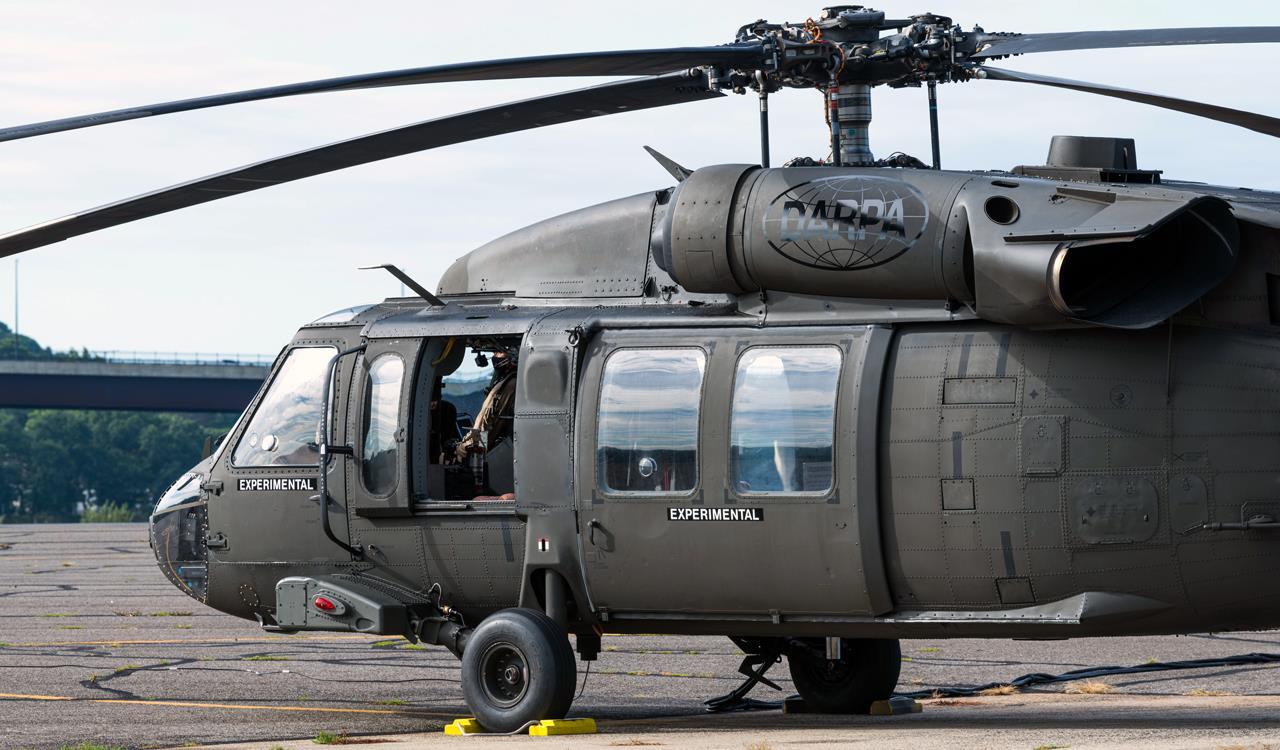Whatever You Need to Know About the UH 60 Helicopter
The UH-60 helicopter, a keystone of U.S. Army aeronautics since its debut in 1979, represents an impressive blend of engineering and operational convenience. As military requirements progress, so too does the helicopter, with ongoing improvements aimed at boosting its abilities and incorporating modern-day innovations.
Background of the UH-60
Developed in the late 1970s, the UH-60 Black Hawk helicopter became a reaction to the U.S. Army's requirement for a flexible energy helicopter that can execute a variety of missions under challenging problems. The catalyst for its design was the shortcomings identified in the earlier helicopters used during the Vietnam War, particularly in terms of speed, survivability, and maneuverability.
The Black Hawk was developed by Sikorsky Aircraft, integrating innovative modern technologies and products to improve its efficiency and longevity. It was formally presented right into solution in 1979, swiftly ending up being an essential asset for armed forces procedures - uh 60. Its capacity to deliver troops, medical discharge, and logistical assistance in both fight and humanitarian objectives made the Black Hawk an invaluable component of the united state Army's air travel fleet
Throughout the years, the UH-60 has been continuously updated, adapting to the transforming nature of war and the developing requirements of modern military operations. Its functional history includes involvement in significant problems, peacekeeping objectives, and disaster alleviation initiatives, solidifying its track record as a effective and reliable helicopter in various atmospheres worldwide.

Design and Specs
The layout of the UH-60 Black Hawk helicopter regularly shows a commitment to functional effectiveness and flexibility. Established by Sikorsky Aircraft, this medium-lift energy helicopter features a streamlined, wind resistant fuselage that enhances speed and maneuverability. Its tandem rotor system, characterized by 2 counter-rotating blades, decreases vibration and boosts lift ability, enabling much safer procedures in varied settings.
The UH-60 is powered by two T700-GE-701C turboshaft engines, providing a maximum rate of roughly 180 knots and a range of around 400 nautical miles. Its robust airframe is constructed from innovative composite products, ensuring sturdiness while keeping a reasonably reduced weight. The helicopter has an optimum gross weight of regarding 22,000 extra pounds, sustaining a functional payload configuration.

Roles and Missions
A flexible system, the UH-60 Black Hawk helicopter serves a wide range of duties and goals within armed forces operations. Developed mainly for troop transport, it is capable of bring approximately 11 soldiers, making it an important asset for quick implementation and logistical support.
Along with troop transportation, the UH-60 stands out in medical emptying (MEDEVAC) objectives, furnished with innovative clinical devices to supply vital treatment throughout transportation. Its ability to operate in diverse atmospheres improves its performance in fight search and rescue (CSAR) operations, where swift extraction of workers is crucial.
The helicopter additionally plays a considerable function in reconnaissance and monitoring objectives, using onboard sensing units and devices to debrief. Its flexibility extends to logistical support, capable of carrying products and equipment get redirected here to forward running bases.
In battle procedures, the UH-60 can be outfitted with various weapon systems, allowing it to give close air support. Its multi-role capability makes the Black Hawk an indispensable device for contemporary army forces, adapting effortlessly to the progressing demands of battlefield scenarios and guaranteeing objective success across a series of operational contexts.
Performance and Capacities
Known for its durable performance, the UH-60 Black Hawk helicopter boasts impressive abilities that improve its operational effectiveness throughout various goals. uh 60. This multi-role airplane is geared up with powerful twin-engine Turbomeca Arriel 1D1 engines, giving outstanding rate and ability to move, with an optimum cruise speed of roughly 150 knots and an operational array of around 400 nautical miles
The Black Hawk's innovative avionics and fly-by-wire control systems dramatically enhance trip security and handling, allowing it to run in diverse settings, including negative weather conditions. Its convenience is additional exhibited by its ability to bring approximately 11 totally outfitted soldiers or a haul of about 8,000 extra pounds, making it excellent for army transportation, medical evacuation, and logistical support missions.
Furthermore, the UH-60 is created for survivability, including enhanced airframes, ballistic protection for staff and travelers, and progressed countermeasure systems to escape risks. The helicopter's dexterity and speed, incorporated with its capability for fast implementation, make it an essential possession in contemporary armed forces operations, making sure that it stays a crucial component of tactical air support and combat zone mobility.
Future Dope

One significant emphasis is the assimilation of innovative avionics systems, which will improve situational recognition with boosted navigation and communication abilities. This includes the possible use expert system to assist pilots in decision-making and mission planning.
Furthermore, future versions may include advanced products and design functions to boost the helicopter's sturdiness and reduce its radar trademark, boosting survivability in opposed settings.
The introduction of hybrid-electric propulsion systems is likewise imminent, aiming to boost fuel effectiveness and reduce logistical concerns. Such innovations could prolong functional range and decrease the helicopter's ecological impact.

Conclusion
The UH-60 helicopter represents a substantial improvement in military aeronautics considering that its intro in 1979. Its durable design, versatile capabilities, and continuous upgrades guarantee its importance in different operational duties, including troop transport and clinical discharge. As modern technology proceeds, future developments will likely boost its efficiency through the combination of man-made intelligence and hybrid-electric systems. The UH-60's sustaining presence emphasizes its important duty in contemporary army operations and highlights the recurring development of army aviation modern technology.
The UH-60 helicopter, a cornerstone of U.S. Military aeronautics since its debut in 1979, stands for an amazing mix of design and operational flexibility. As armed forces demands evolve, so as blog here well does the helicopter, with recurring advancements aimed at improving its capacities and incorporating modern technologies.The layout of the UH-60 Black Hawk helicopter continually reflects a dedication to functional effectiveness and flexibility. Established by Sikorsky Aircraft, this medium-lift utility helicopter features a smooth, wind resistant body that enhances rate and ability to move.The UH-60 helicopter stands for a significant development in armed forces air travel considering that its introduction in 1979.